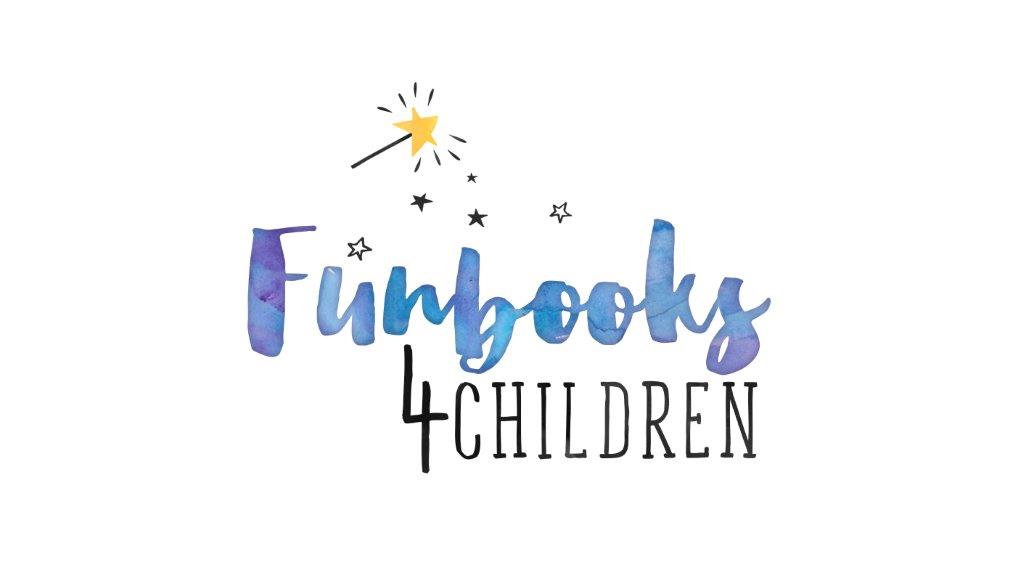I have found that children need to learn a number of strategies when they learn to read.
There are sight words that children need to learn by sight and recognise through exposure to the word. These are often high frequency words such as “said” and “look” and “the” that are not phonically regular. Children will not be able to decode these words using phonemic awareness, so they should not be encouraged to do so. They need frequent exposure to the words and will build a memory file for the words through practice.
Then there are the words that are phonically regular, such as “cat”, “dog” and even longer words such as “cactus”. When a child hesitates at such a word, the adult reading with the child should encourage them to look at each letter in the word and blend the sounds together. Then go back to the start of the sentence so the child does not hesitate at that word. It is important to encourage fluency. Fluent readers will better understand the meaning of what they are reading.
Then there are words that have a different initial sound, called “onset” and then a group of letters that make up the ending of the word, called “rime”. It is important not to confuse RIME and RHYME. Rhyme would be words such as ‘dough’ and ‘sew’ and ‘show’, that rhyme because they sound the same but often rhyming words are spelt differently. Here we are talking about a family of words that have different ONSET (beginning sound) by the same RIME (ending). It is truly vital for adults to recognise such families and to help children to attend them for the following reason. While children should make a separate file in their head to recognise and be able to write the word “said”, they should not have a separate file for each of the words that fit into a family. An example would be the RIME “ight” which can have a number of different ONSET (beginning) sounds to make the word “right”, “fight”, “tight”, and “might”.
With these three strategies, children will become confident in their reading ability.


Hi Margie,
Thank you for your advise. You presume as a parent you can teach your child to write, but as I have found out by reading your tips its you who has to learn a few steps first.
Michelle
Hey Margie,
I’m currently working at a Prestigious childcare center in Sydney and your research and idea are very helpful for children’s learning and reading. It’s great work!
Hey Margie,
It’s great work and very useful for children’s learning and reading!